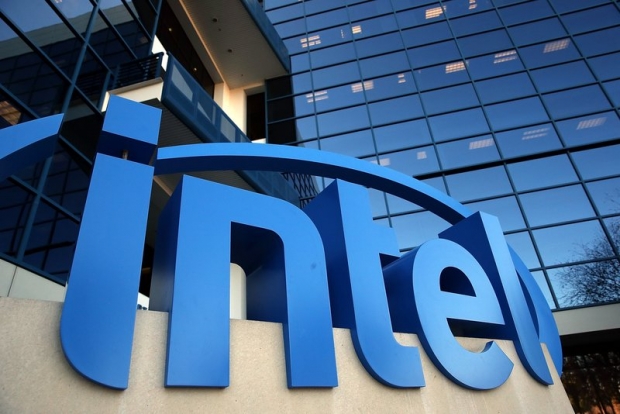Researchers from the Waterford Institute of Technology (WIT) in Ireland have developed a way to use bacteria to archive up to up to one zettabyte in one gram of DNA.
Dr Sasitharan Balasubramaniam, director of research at WIT's Telecommunications Software and Systems Group, said that DNA is like the software of the cell itself and holds the code of what the functionality of the cell will be.
"When we take that we can then think of that as a storage medium for our data as well. In that case, what we do is convert information into digital data, convert that into nucleotides and then use that then to store information", he said.
At the moment the method that has been devised is expensive, but over time the cost should come down. The technique uses double-strained DNA molecules called plasmids to encode data which is stored in the Novablue strain of the E Coli bacteria.
The Novablue bacteria has a fixed location, making it viable for storage, and the data can be transferred by releasing a mobile HB101 strain of E Coli which uses a process called conjugation to extract the data. Antibiotics tetracycline and streptomycin control this process.
The technique is expensive but makes a 1980s floppy disk look fast. Data retrieval takes up to three days at the moment, but researchers believe it should be possible to speed up this process. Equipment already exists that can be used to write to DNA in seconds.
Dr Lee Coffey - a lecturer in Molecular Biology at WIT - said: "Regarding transfer of DNA between different bacteria and cells, that's happening with millions of billions of cells at one time per second in a reaction. So if we are talking about data transfer - getting cells to take DNA for us from A to B -- at the moment it is a matter of how fast can they swim."
However, at the microfluidic scale, this could mean milliseconds for the transfer to happen.
Potential uses for this method of data storage that have been suggested include the recording of medical records in human DNA and increasing the traceability of the food chain.




